Paris in November can be drab and grey. Not this year. The lovely fall light is still basking the banks of the Seine. It makes walking to and from the Grand Palais, where Paris Photo, one of the world’s largest photography fairs, is underway, as much of a pleasure as reveling amidst the artwork galleries have brought out. To make the most of this time of year, a month the city of lights dedicates to the medium invented by Frenchman Nicéphore Niépce, come prepare with good shoes, plenty of euros for espressos and a game plan.
In May 1871, after two months of bitter fighting between Parisian leftist and the French government, the rebels were brutally repressed by the national army. At the time, the fallen were photographed on their stretcher without much ceremony. Once numbered these images were displayed in front of the City Hall for family and friends to identify the deceased. The gallery Grafika La Estampa and Adnan Sezer recovered 48 of these portraits, some of which feature the name of the Military School official photographer, Y.Bondi, in the back. Each of these portraits bears the brutality of violent repression and the serenity of repose. As a set, their historical and aesthetic value is undeniable. It was sold to a collector almost as soon as the fair opened. Unless a museum manages to buy it off, this might be the only time they will be seen in public.
With 169 galleries present from over 35 different countries, strolling through the alleys at the Grand Palais can feel like a trip around the world. Entering the booth painted black by Rolf Art takes you to the heart of Argentina. Works from Marcelo Brodsky, Graciela Sacco, Marcos Lopez, Facundo De Zuviria and Adriana Lestido cover the range of social justice issues that have troubled the South American republic, from the military rule of José Feliz Uriburu to the current economic challenges. Adriana Lestido’s series, Mujeres Presas shot in the early nineties stands out. It portrays both the tenderness and ruthlessness of imprisoned women, many of which have committed murders of passion.
Other regional galleries that are worth a visit: Toluca, led by Alexis Fabry, who curated the exhibition Urbes Mutantes which was at the International Center of Photography in New York City over the summer, for a larger look at Latin American photography and Silk Road for contemporary Iranian works.
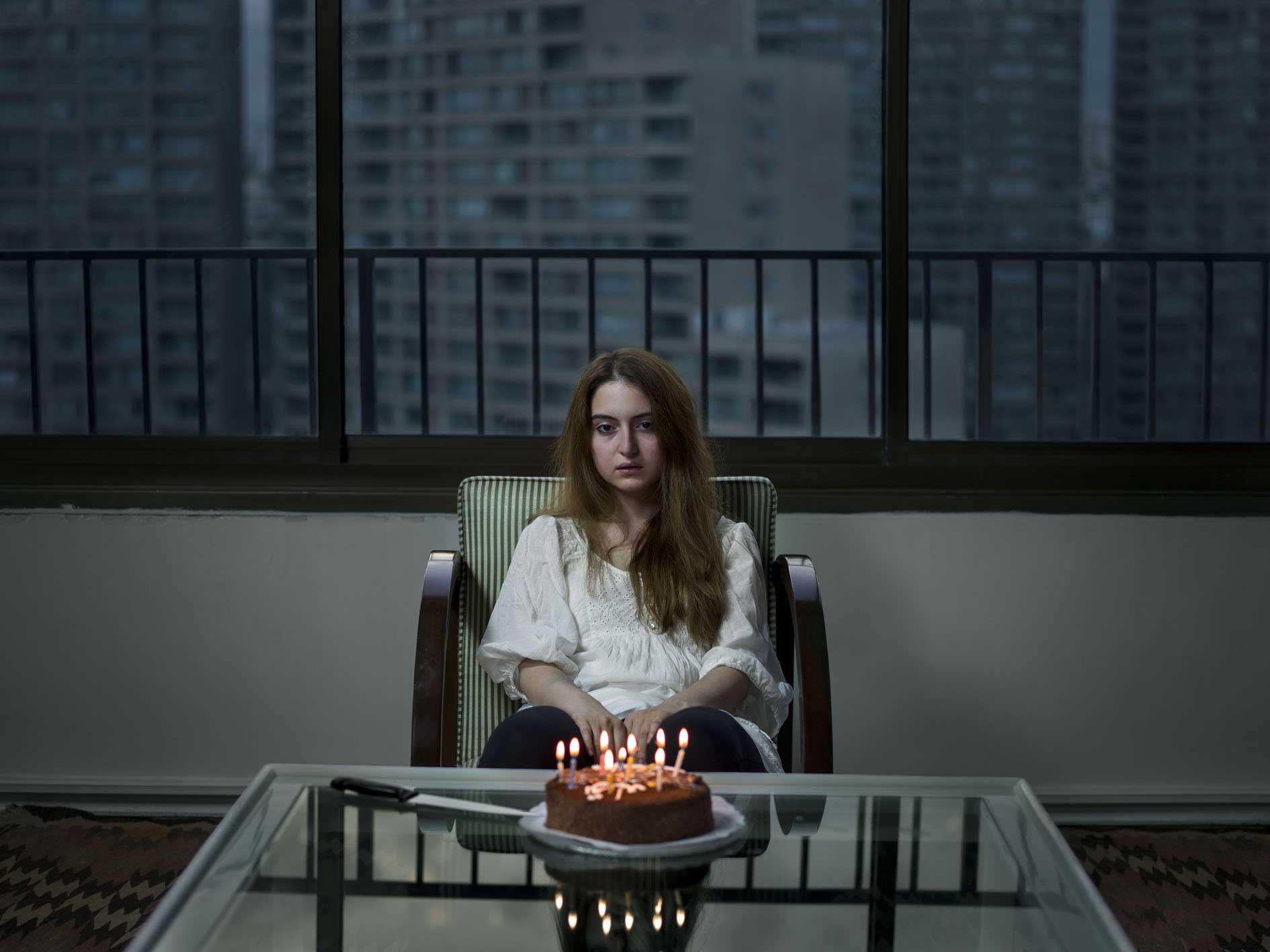
Few galleries have taken the risk of showcasing only one of the photographers they represent. Yet, when they do, it pays off. Not only do they stand out against a crowd of eclectic best-of, but they also allow visitors to enter a singular realm and forget for an instant their surroundings. This is true of Galerie Particulière – Galerie Foucher Biousse’s display of Todd Hido’s most recent pieces. In his distinctive suspenseful style, he shares memories from the places where he spent his childhood in suburban Ohio. At the same time, devoid of precise markers, he lets the viewer construct their very own narrative, one that is never really far from a film noir enigma.
Quentin Bajac, Chief Curator of Photography at the Museum of Modern Arts as of January 2013, has been invited to present the institution’s most recent acquisition in photography. Works chosen fall within one of the department’s priorities, which focus on seminal series produced by American artists, approaches that bring up questions of identity and gender and examples of contemporary trends. As you discover pieces by the likes of Susan Meiselas, William Klein, Oscar Munoz or Lisa Oppenheim, ask yourself if you would have made the same choices.
The fair at the Grand Palais is but one of the photo events happening in Paris in November. For the full length of the month, the Maison Européenne de la Photographie coordinates the Month of Photography, which sees galleries and institutions throughout the city propose exhibitions that speak to one of the three themes put forward by international curators: Mediterranean photography, intimacy and the works anonymous or famous amateurs. Of note is the retrospective of Matt Wilson’s wanderings at Galerie Filles du Calvaire. Prints 8×10 inches and smaller give the impression of having stumbled upon the private travel diary of an unpretentious free-spirit. Whether taken in his British homeland, in his adoptive country, the United States, or in foreign territories such as Cuba or Eastern Europe, a strong aesthetic coherence binds them together and blurs official borders.
Other side trips to take: Andrea and Magda’s foray into the dreams of Palestinians at TD Galerie; Marianne Rosenstiehl’s unapologetic look at the taboo surrounding menstruation at Le Petit Espace; and Yves Marchand and Romain Meffre’s uncompromising look at the remains of the industrial golden age at Galerie Polka.
Street photography maestro Garry Winogrand might be the main attraction in Paris this year, with a large retrospective at the Jeu de Paume, displays in the subways and a number of prints on view at the Grand Palais, but another of his contemporary, William Eggleston could steal the show. For the past few years, Rose Gallery has been working closely with the American photographer to redefine his legacy, surmising what it could have been if John Szarkowski had selected another set of photographs for the seminal William Eggleston’s Guide show at the MoMA in 1976. Known mainly as the father of color, the black-and-whites presented here, images taken between 1960 and 1972, demonstrate his knack for intriguing compositions as well as the stylistic ties with his peers. Nevertheless, it is impossible not to try to guess the color of the car or the dress that caught his attention.
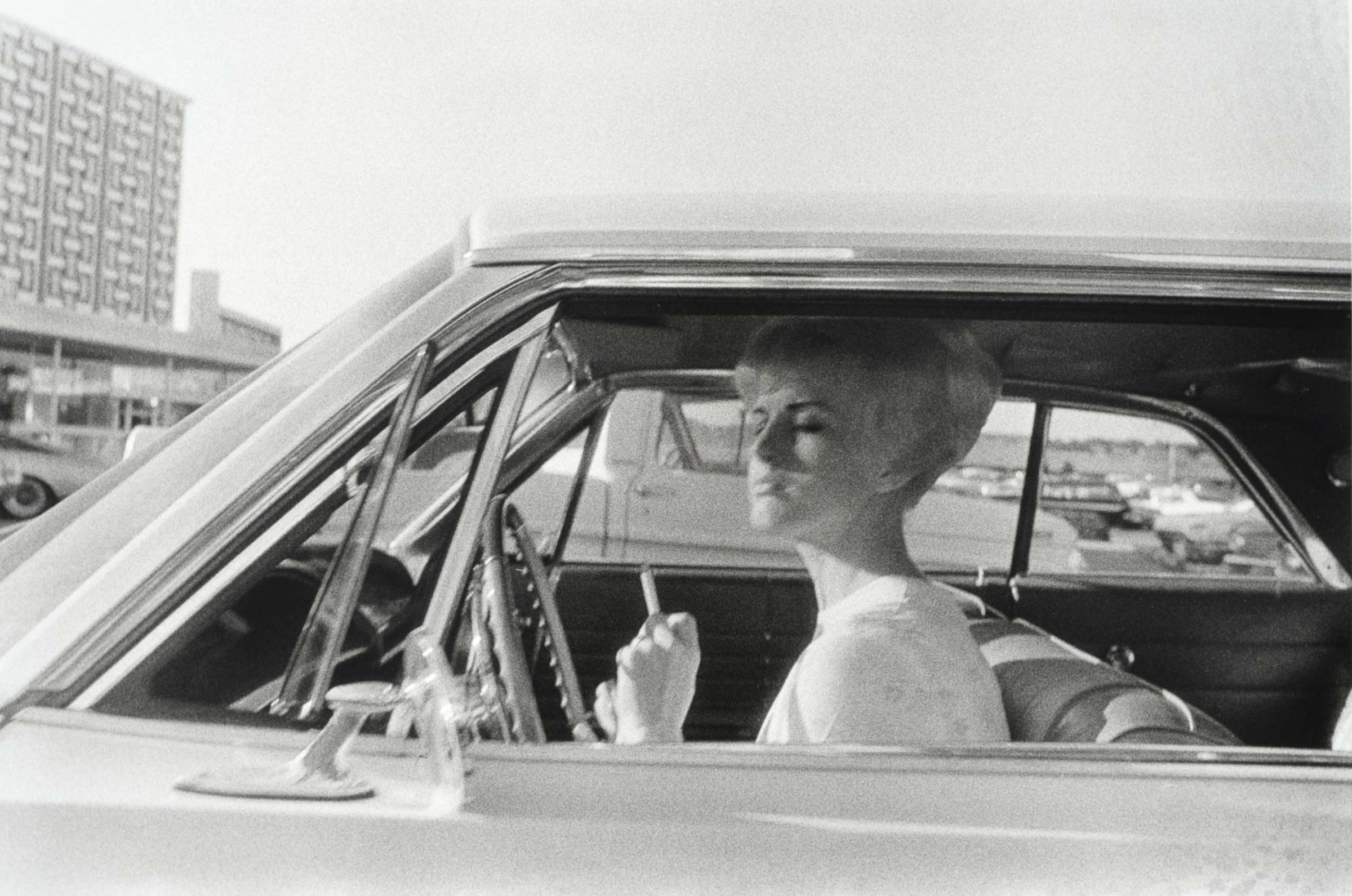
If anyone still doubted of the importance of the photobook, the section devoted to it at Paris Photo which includes the exhibition curated by Sebastian Hau and Pierre Hourquet Open Book, the three fairs dedicated solely to the medium – Offprint, Polycopies and PhotobookFest –, as well as Le Bal’s program for the weekend, should be enough to dispel any skepticism. Each offers series of signatures, talks and debates. From Rob Hornstra’s take on year-end photo book-lists during which he will reveal two new rankings (the most overrated photo book of the year as well as the most neglected one), to advice from Vasantha Yogananthan on how-to make a distinctive photo book, there’s something for everyone.
For the fifth year, Magnum is holding a series of events featuring encounters with their members, dubbed Magnum Days in conjunction with Paris Photo. This time, they’ve built actual photo booths that replicate the style of some of their most notable photographers including Martin Parr, Bruce Gilden, Elliott Erwitt, Paolo Pellegrin, Steve McCurry and Philippe Halsmann. Step in one of them alone, with your friends or with your family (pets included), strike a pose and leave with a memorable souvenir.
Paris is the city of elusive love. Found around a bend, in a corner of Eric Franck Fine Arts’ booth, Graham Smith’s delicate photographs of northeastern England are as enthralling as they are rare. In 1991, his images of friends and relatives, often taken in the pubs of Middlesbrough, a bleak community, were shown as part of British Photography from the Thatcher Years at the Museum of Modern Art alongside works by Martin Parr, Paul Graham, Chris Killip and John Davies. An insolent review led him to abandon photography all together and become a woodworker. Once in a while, some of his pieces, such as the exquisite outdoors scenes shown at the Grand Palais, make it into the public realm. Yet, he continues to refuse to have his work published. A shame.
Laurence Butet-Roch is a freelance writer, photo editor and photographer based in Toronto, Canada. She is a member of the Boreal Collective.

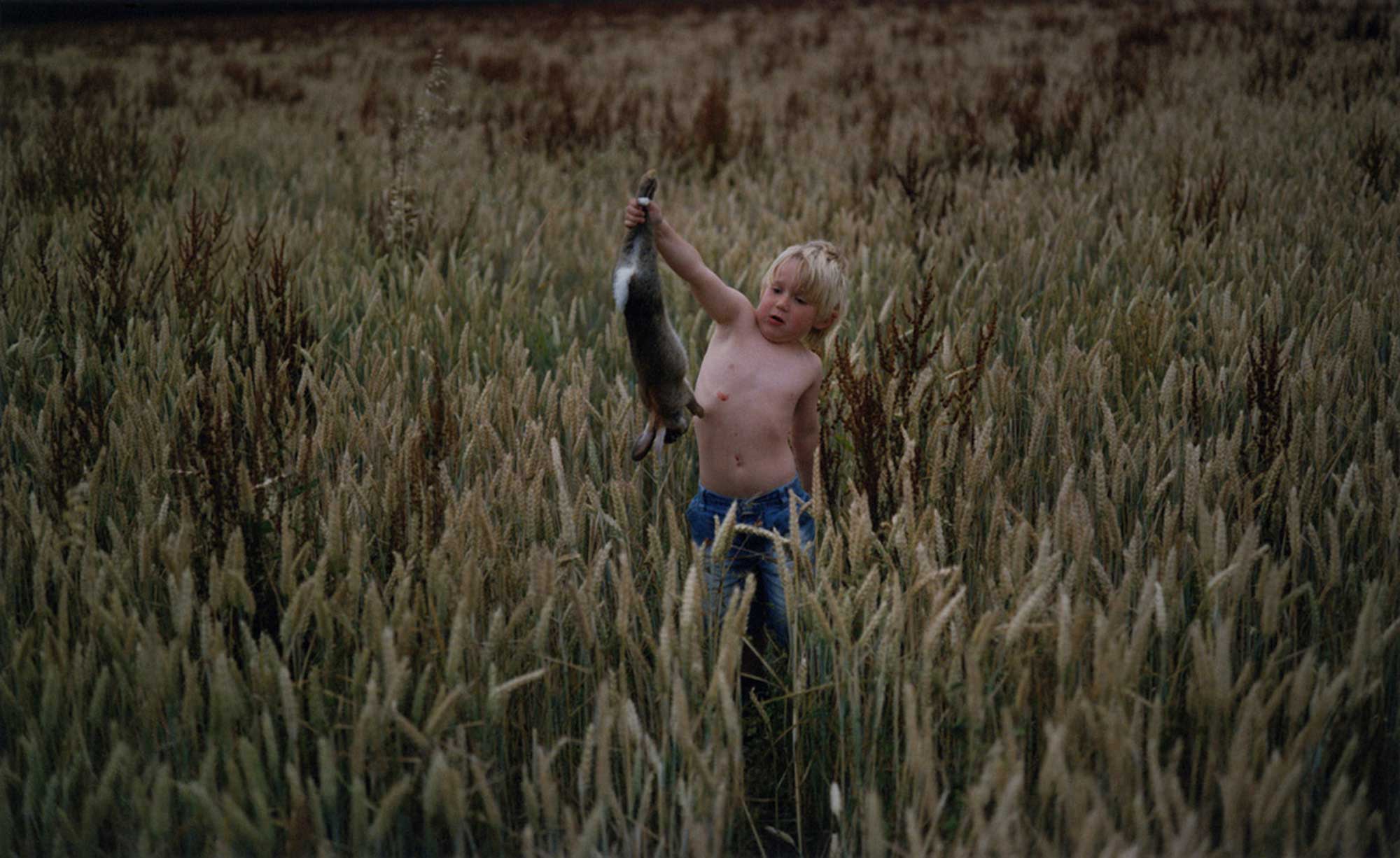
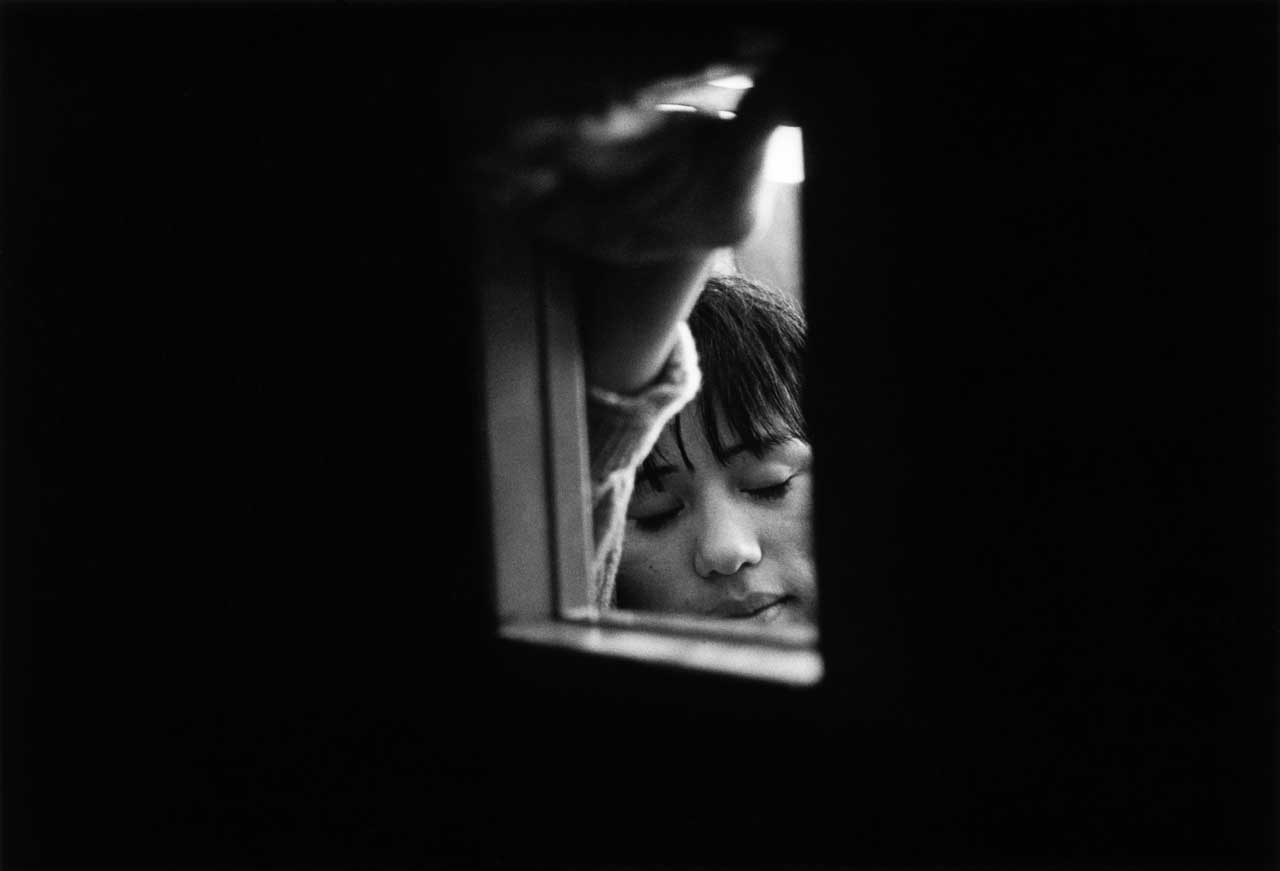

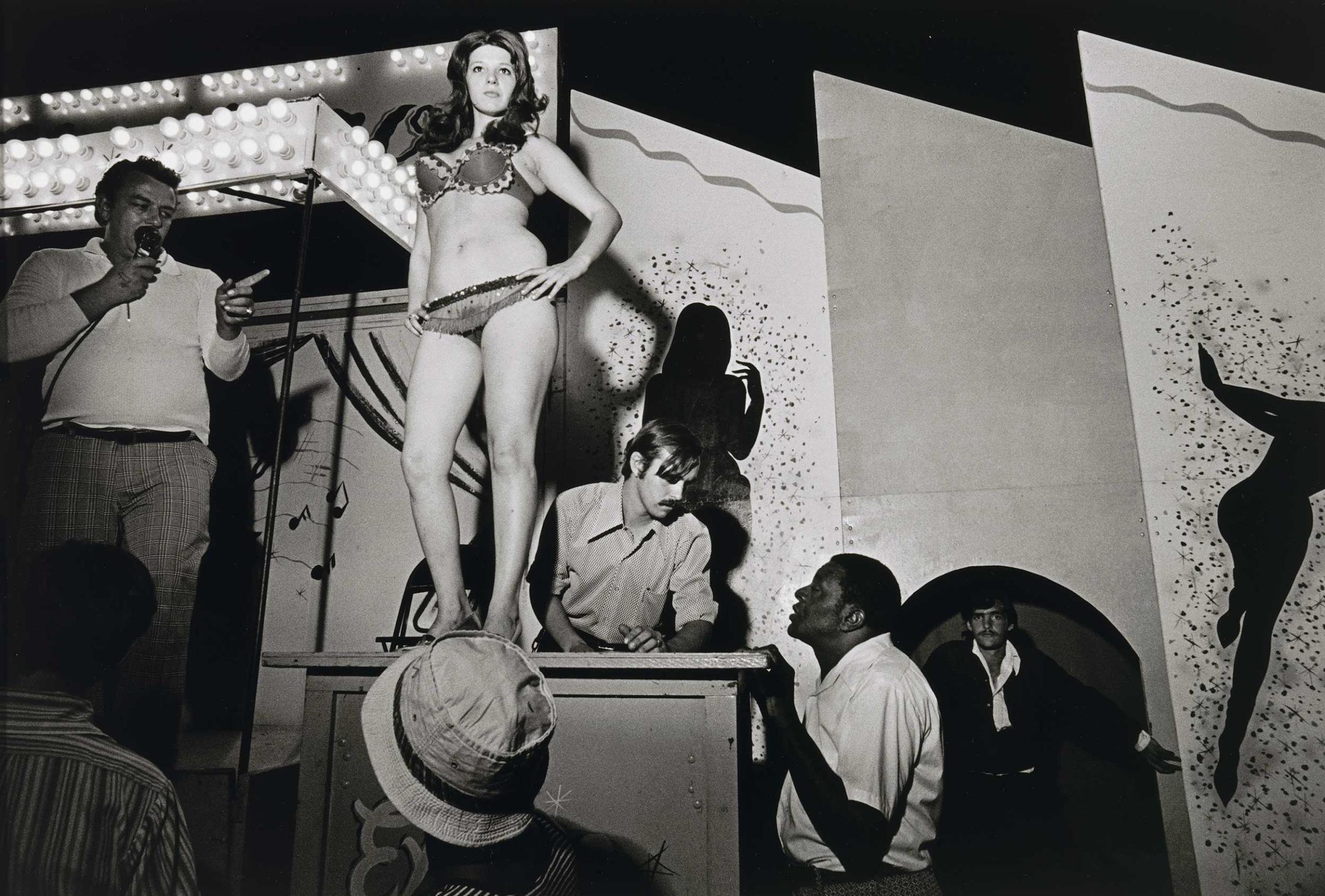
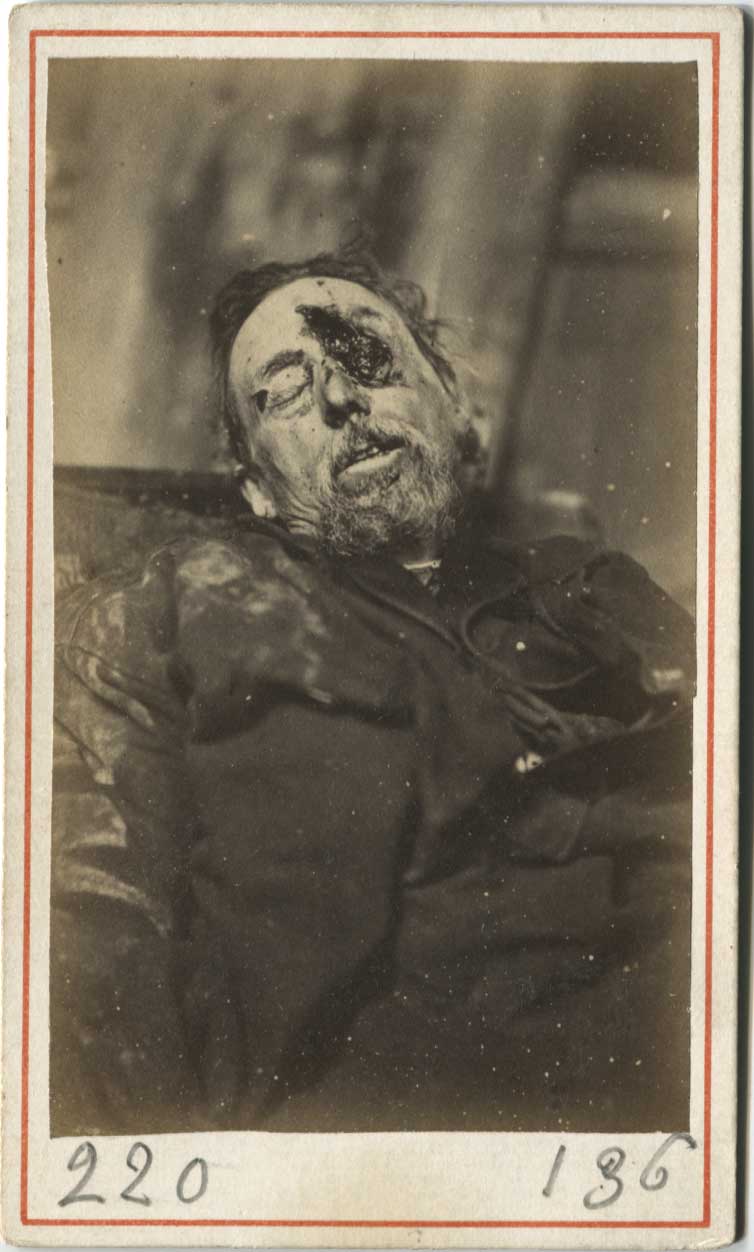
More Must-Reads from TIME
- Cybersecurity Experts Are Sounding the Alarm on DOGE
- Meet the 2025 Women of the Year
- The Harsh Truth About Disability Inclusion
- Why Do More Young Adults Have Cancer?
- Colman Domingo Leads With Radical Love
- How to Get Better at Doing Things Alone
- Michelle Zauner Stares Down the Darkness
Contact us at letters@time.com